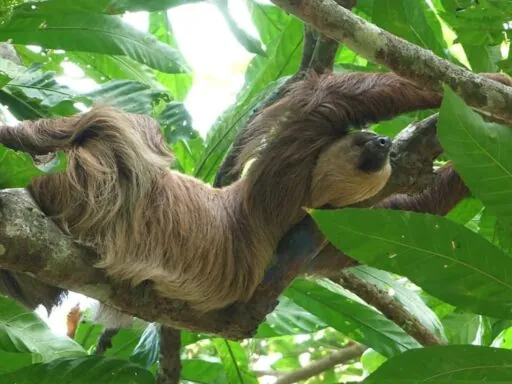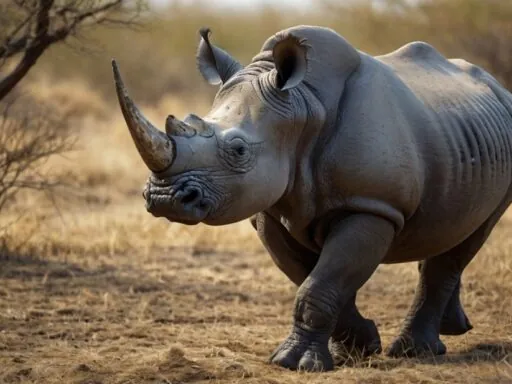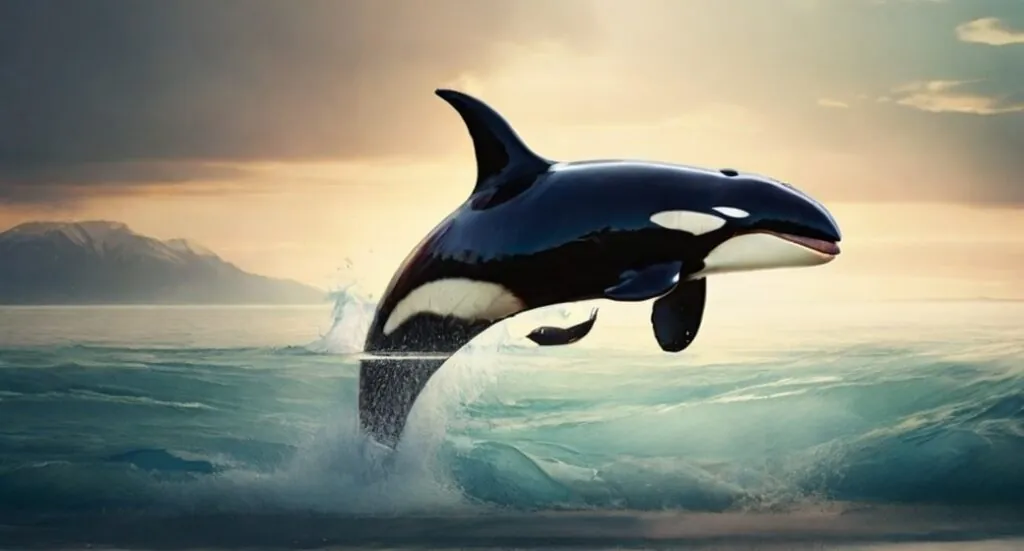
Orcas, also known as killer whales, are fascinating marine mammals with unique characteristics that set them apart in the animal kingdom. As the largest members of the dolphin family, these apex predators boast impressive size and longevity, with some living up to 90 years. Their distinctive communication methods, diverse diet, and remarkable hunting techniques highlight their intelligence and adaptability. Unpack these top 10 interesting facts about Orcas, shedding light on their extraordinary lives and the challenges they encounter in the wild.
1. Killer Dolphins: Not Whales
Despite being commonly known as killer whales, orcas are actually the largest members of the dolphin family.
2. Impressive Size

Concerning orcas’ size, they measure 5.5 to 9.8 meters in length, with females typically smaller than males, and can weigh up to 5,500 kilograms. The male orca’s dorsal fin, the largest among cetaceans, can reach up to 1.8 meters.
3. Identification
Individual orcas can be recognized by their unique dorsal fins, saddle patches, and visible scars.
4. Apex Predators
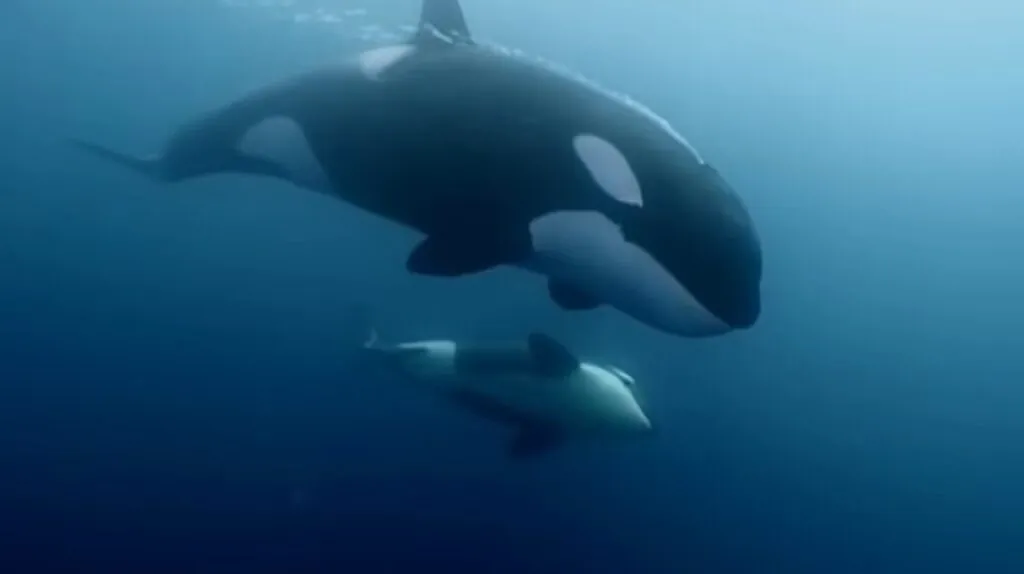
Orcas are top predators, capable of preying on other whale species more than twice their size. On the related note, got the scoop of the sailfish – fastest fish in the world?
5. Lifespan
Orcas can live up to 90 years, with females generally outliving males – one of the striking facts about Orcas.
6. Reproduction
Female orcas begin breeding between 6-10 years old, while males start at 10-13 years. The gestation period is about 17 months, the longest among cetaceans. Females may give birth every 3-5 years, sometimes up to a decade between births.
7. Migration
Orcas inhabit most marine environments worldwide and are the second most wide-ranging mammal after humans. Some orcas migrate extensively, with one tracked covering a non-stop round trip of nearly 9,400 kilometers.
8. Communication
Orcas communicate using a variety of sounds, including clicks, whistles, and screams, with distinct ‘languages’ within their family groups – one of the interesting facts about Orcas.
9. Diet and Hunting Techniques
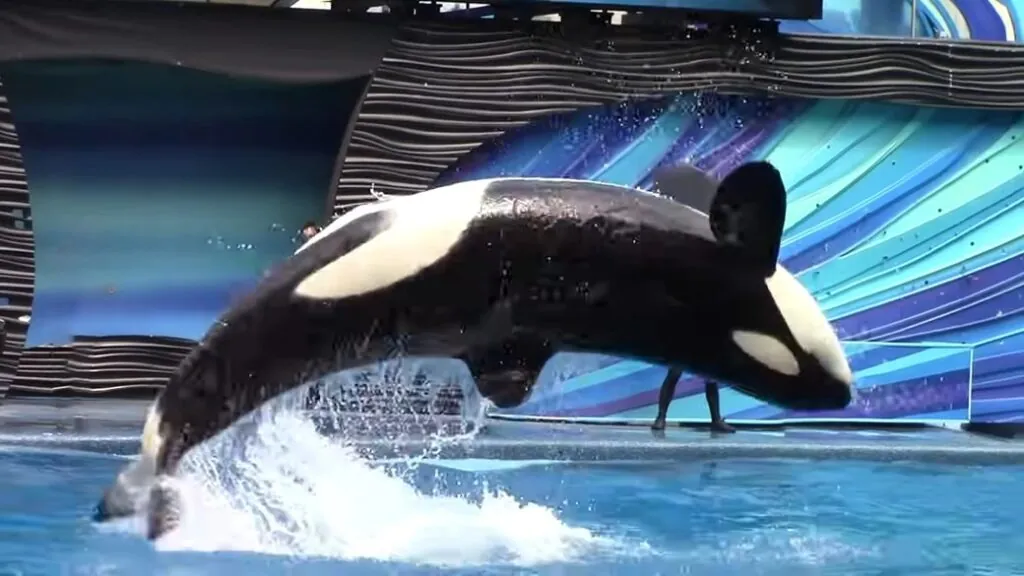
Orcas have a diverse diet, feeding on marine mammals, fish, seabirds, and marine turtles. They consume about 3-4% of their body weight in food daily and employ various hunting strategies, such as beaching to catch seals and creating waves to dislodge prey from ice floes.
10. Threats
Orcas face numerous threats, including disruptions from moving boats and underwater noise, over-fishing, entanglement in fishing gear, and toxic contamination from pesticides and industrial chemicals, which can affect their immune and reproductive systems.
